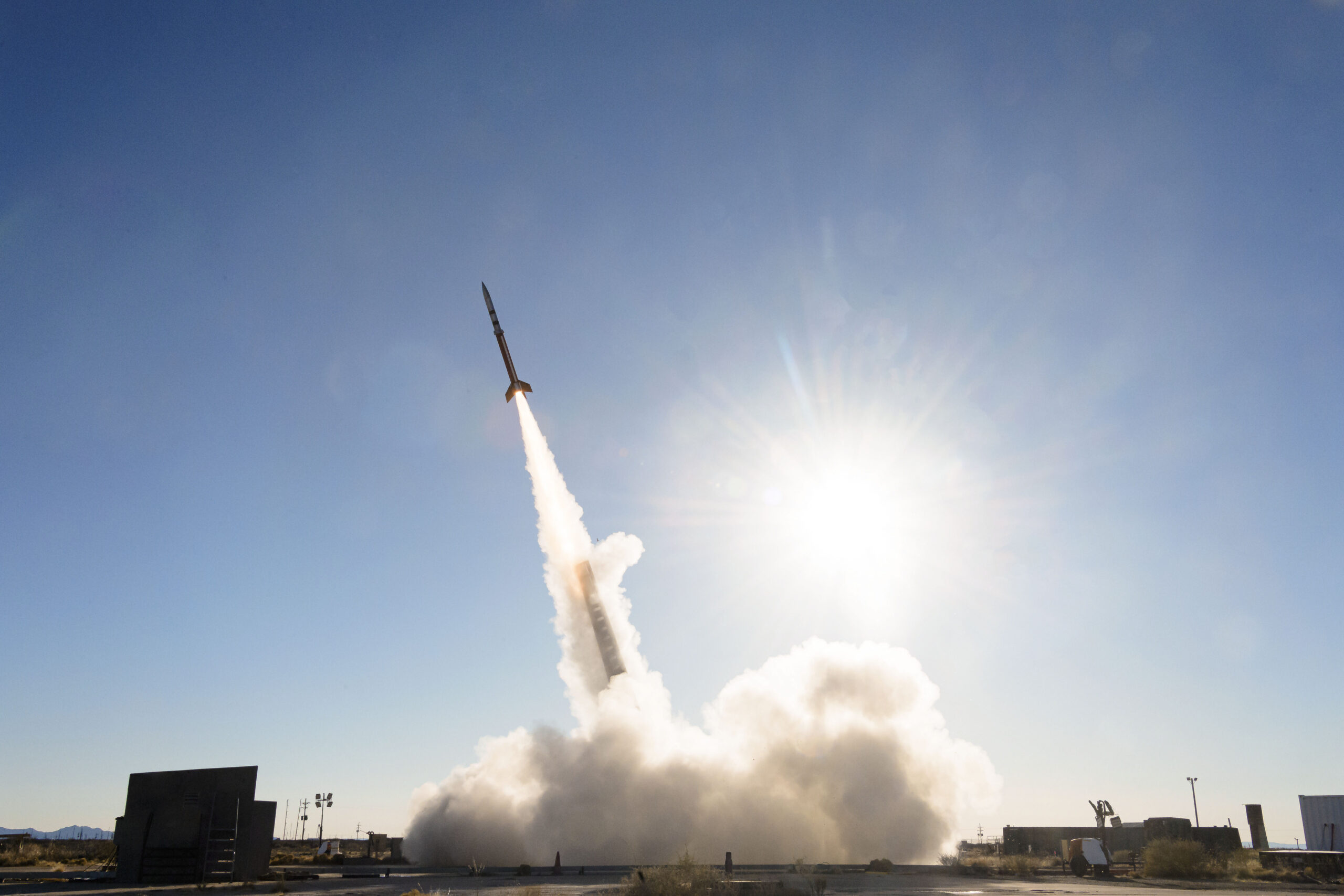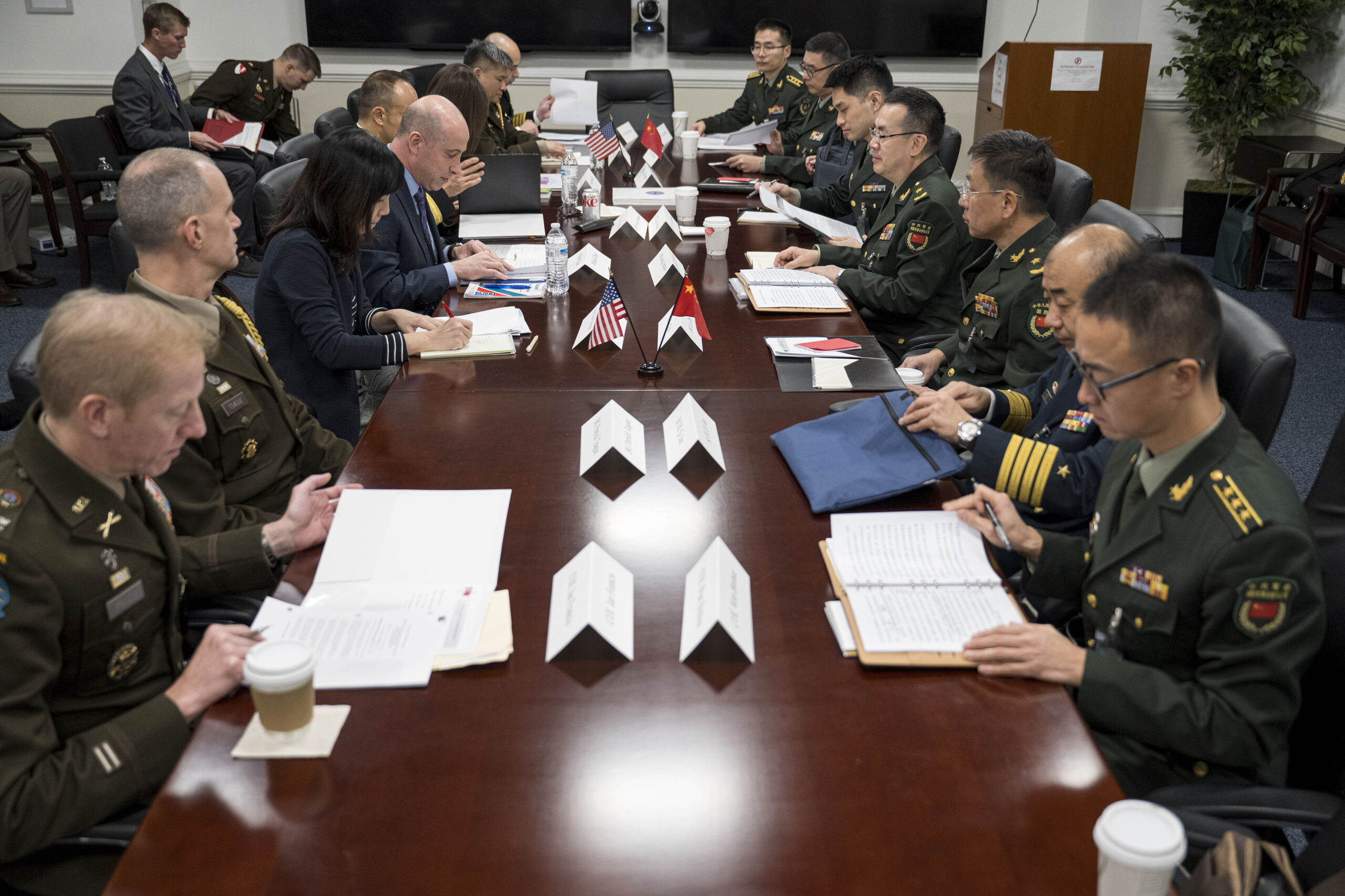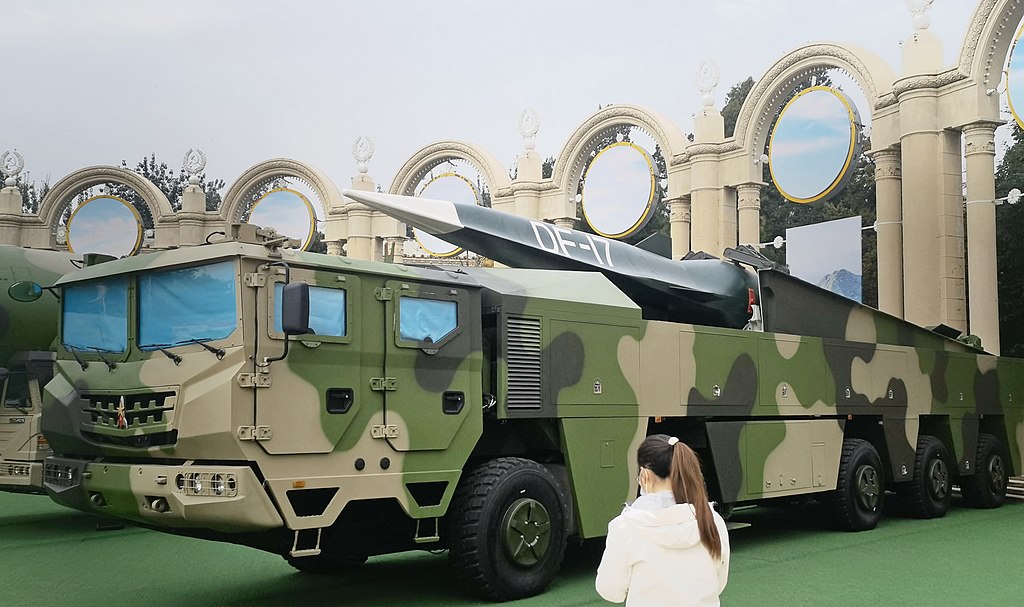U.S. Strategy of Damage Limitation Vis-à-Vis China: Long-Term Programs and Effects
SPRINGER LINK
APLN member Li Bin co-publishes a paper with Wu Riqiang and analyses three groups of technical development in the United States that would contribute to the U.S. damage limitation vis-à-vis China: missile defense, anti-submarine warfare, and space-based ground moving target indicator.
A number of U.S. military programs, if successfully developed and deployed, could undermine China’s nuclear retaliatory capabilities, thereby enhancing U.S. damage limitation capabilities vis-à-vis China. Meanwhile, China seeks to maintain the credibility of its nuclear retaliatory capabilities and increase the survivability and penetration of its nuclear weapons. These interactions are part of the nuclear competition between the United States and China. This article discusses three cases: the U.S. homeland missile defense system, anti-submarine warfare (ASW) preparations, and the space-based Ground Moving Target Indicator. These programs may serve declaratory purposes in one way or another, but their development has had a negative impact on China’s strategic nuclear retaliatory capabilities. Using non-nuclear means that differ technologically from the measures taken by China, these programs have created an asymmetric competition between the two sides. These U.S. programs have endured for several decades, and have continued to introduce new technologies despite occasional interruptions. The main element of development in these programs has been qualitative improvement, while quantitative increases have not always been evident. The development of these U.S. damage limitation capabilities put pressure on China’s nuclear retaliatory capabilities. The arms race theories developed during the Cold War are inadequate for fully understanding nuclear competition between the United States and China. We need new theories and wisdom to explore cooperative solutions.
The full paper can be accessed here.
Image: The U.S. Army Space and Missile Defense Command launch a missile target at White Sands Missile Range, N.M., Feb. 8, 2023, while testing new Patriot missile software.




